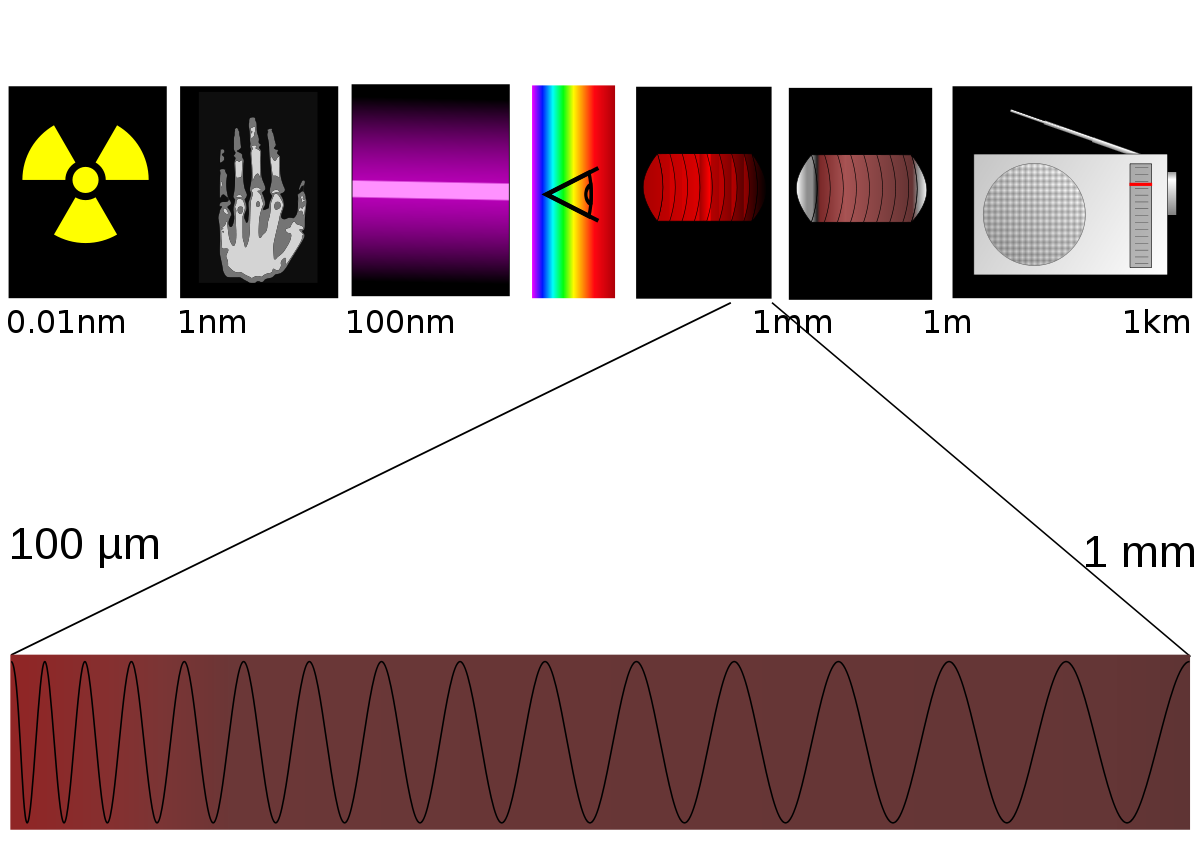Contents

Source: Wikipedia
The Fascinating World of Terahertz Radiation
Understanding Terahertz Radiation
Terahertz radiation falls within the frequency range of approximately 0.1 THz to 10 THz, corresponding to wavelengths from 3 mm down to 30 μm. This places it between radio waves/microwaves and infrared light. Terahertz radiation is sometimes referred to as submillimeter radiation due to its wavelengths typically below 1 mm. The higher-frequency part of the terahertz region may also be termed far infrared.
Evolution and Applications
Initially overlooked due to the lack of efficient sources and detectors, terahertz radiation saw a surge in interest in the 1990s with advancements in photonics. These developments led to a wide array of applications in terahertz technology, including imaging, communications, and spectroscopy.
Terahertz Sources and Detectors
Terahertz radiation can be generated using various sources, such as electronics, microwave technology, and photonics. Similarly, detectors for terahertz radiation come in different forms to facilitate its detection and analysis.
Applications of Terahertz Radiation
Terahertz radiation has found applications in diverse fields, including imaging for non-destructive quality checks in industries, security screenings, communications, and spectroscopy for material analysis.
Terahertz Communication
While terahertz radiation faces challenges in cable transmission, it is suitable for free-space communications, offering high data capacity. The cost of terahertz equipment remains higher than traditional microwave systems, limiting its widespread adoption.
Terahertz Spectroscopy
Terahertz frequencies are valuable for spectroscopy, enabling the study of superconductors, plasmonic effects, and molecular rotational states. Time-domain spectroscopy is a common technique that involves recording and analyzing terahertz waveforms.
Safety Considerations
Unlike X-rays, terahertz radiation is non-ionizing, posing lower health risks. While concerns exist about potential health effects at high intensity levels, current research has not established conclusive evidence of harmful impacts at typical exposure levels.
Conclusion
Terahertz radiation, with its unique properties and diverse applications, continues to be a subject of active research and technological advancements. As scientists delve deeper into its capabilities, the potential for innovative uses across various industries remains promising.

Source: Phys.org
Feel free to comment your thoughts.



